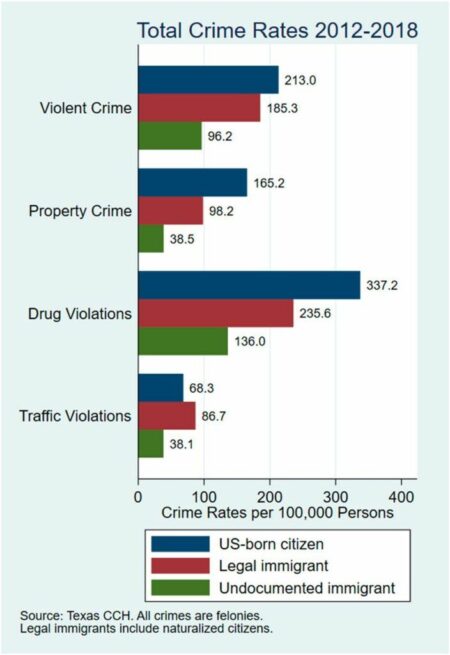A seemingly innocuous bite from a common insect could have devastating health consequences years down the line, health officials warn. Recent reports out of San Diego detail how a ‘kiss’ from this particular bug may transmit bacteria that trigger serious, potentially life-threatening illnesses decades after the initial encounter. Experts are urging increased awareness and preventive measures as investigations shed light on the long-term dangers posed by this overlooked vector.
The hidden dangers of the kissing bug and its long-term health impact
The kissing bug, a nocturnal insect primarily found in the Americas, carries a parasite that can cause Chagas disease, a condition often overlooked due to its silent onset. When the bug bites, it typically feeds on blood around the face or neck, leaving a small, inconspicuous wound. The real danger lies not in the bite itself, but in the parasite Trypanosoma cruzi transmitted through its feces. Over time, infected individuals may develop severe complications such as chronic heart inflammation, digestive issues, and, in extreme cases, sudden cardiac death. These symptoms may not surface until decades after the initial exposure, making early diagnosis and awareness critical.
- Asymptomatic Phase: Most people do not exhibit symptoms for years after infection.
- Cardiac Risks: Can lead to heart failure, arrhythmias, and aneurysms.
- Digestive Complications: Enlargement of the esophagus and colon impairing digestion.
- Geographic Expansion: Climate change and migration are increasing risks in new areas.
| Symptom | Onset Time | Severity |
|---|---|---|
| Swelling near bite | Hours to Days | Low |
| Heart palpitations | Years to Decades | High |
| Digestive issues | Years | Moderate |
Understanding the diseases transmitted by the triatomine insect
The triatomine insect, often nicknamed the “kissing bug” due to its biting behavior around the face, is more than just a nuisance – it serves as the primary vector for the transmission of Chagas disease. This typically stealthy insect carries the parasite Trypanosoma cruzi, which enters the human body not through the bite itself but via the bug’s feces deposited near the wound. Over time, this parasite can cause severe cardiac and gastrointestinal complications, which often remain undetected for decades, silently jeopardizing an infected person’s health.
The diseases linked to triatomine insects are complex and can be chronic if untreated. Below is a brief overview of associated health risks:
- Chagas Disease: The most well-known ailment caused by the triatomine bug; can result in heart failure, digestive tract issues, and neurological manifestations.
- Secondary Infections: The site of the insect bite may become infected if not properly cleaned, compounding health risks.
- Allergic Reactions: Some individuals experience severe allergic responses to the triatomine’s saliva, including anaphylaxis.
| Disease | Cause | Symptoms | Latency |
|---|---|---|---|
| Chagas Disease | Trypanosoma cruzi parasite | Fatigue, heart complications, digestive problems | Years to decades |
| Secondary Infections | Bacterial contamination of bite wound | Redness, swelling, pain | Days |
| Allergic Reactions | Saliva proteins | Itching, swelling, anaphylaxis | Minutes to hours |
Early symptoms to watch for and the importance of timely diagnosis
Recognizing the early signs of infection can be challenging, as symptoms often mimic common illnesses. Watch closely for persistent fever, swollen lymph nodes, unexplained fatigue, and skin rashes that do not subside with conventional treatment. In some cases, flu-like symptoms may be the only immediate indicators. However, ignoring these warning signs can allow the infection to silently progress, causing severe complications that might only surface decades later. Early detection remains a crucial factor in preventing long-term damage and ensuring effective intervention.
Timely diagnosis not only improves patient outcomes but also helps healthcare providers initiate appropriate therapies to minimize the risk of life-threatening conditions such as cardiac or neurological damage. Utilizing laboratory tests alongside clinical evaluation can increase diagnostic accuracy. Below is a quick reference table highlighting common early symptoms versus delayed complications:
| Early Symptoms | Delayed Complications |
|---|---|
| Fever & chills | Heart inflammation (myocarditis) |
| Rashes or skin lesions | Neurological disorders |
| Swollen lymph nodes | Chronic joint pain |
| Unexplained fatigue | Organ damage |
Preventative measures and community awareness in San Diego
San Diego residents are urged to stay vigilant against the kissing bug, a stealthy carrier of Chagas disease, which can remain dormant for years before triggering severe heart complications. Public health officials emphasize the importance of recognizing the bug’s habitats-often hidden in rural and suburban outdoor spaces-encouraging communities to reduce contact by sealing cracks in homes, using insect screens, and maintaining clean outdoor areas free of debris where these insects thrive.
Community awareness campaigns have focused on educating families about early detection and prevention strategies, including:
- Avoiding outdoor lighting that attracts bugs during night-time
- Installing bed nets during camping or in rural homes
- Reporting sightings to local health departments for timely intervention
- Regularly checking domestic pets, which can also serve as carriers
| Preventative Measure | Expected Benefit |
|---|---|
| Home Sealing and Screen Installation | Blocks bug entry points, reducing indoor risks |
| Community Clean-Up Drives | Eliminates breeding grounds in yards and public spaces |
| Public Health Workshops | Raises awareness leading to quicker diagnosis and treatment |
Closing Remarks
As researchers continue to unravel the long-term effects of this insect’s bite, awareness and early detection remain crucial in preventing potentially fatal outcomes. Health officials urge those living in or traveling to affected areas to remain vigilant and seek medical advice if symptoms arise. Ongoing studies aim to develop more effective treatments and public health strategies to mitigate the risks posed by this silent threat. For now, understanding the danger behind a seemingly innocuous ‘kiss’ from this bug could be the key to saving lives decades down the line.



